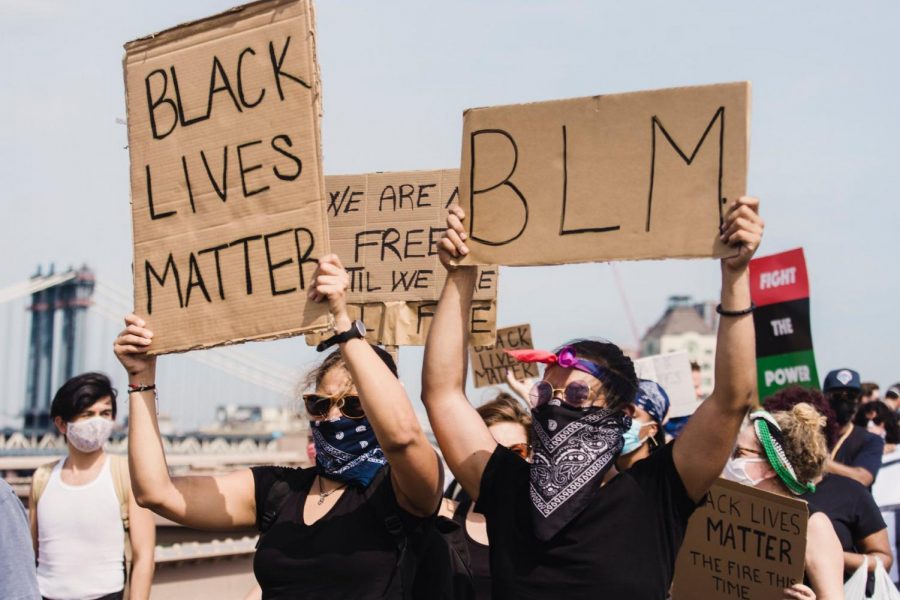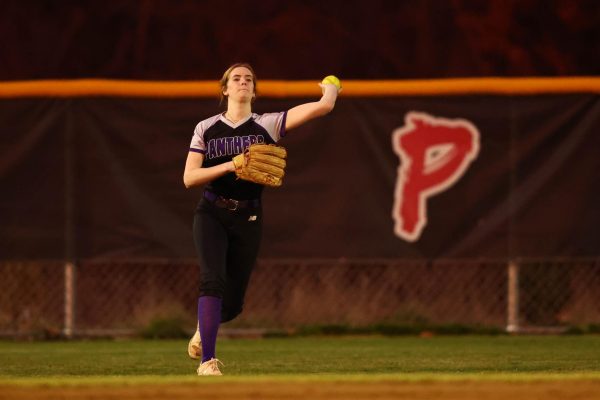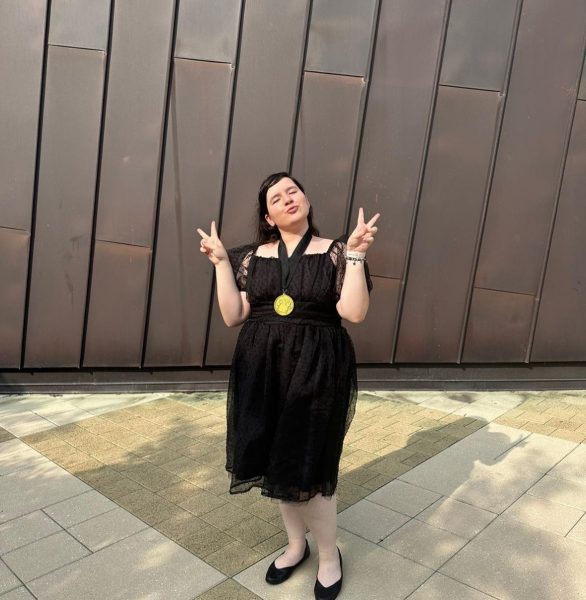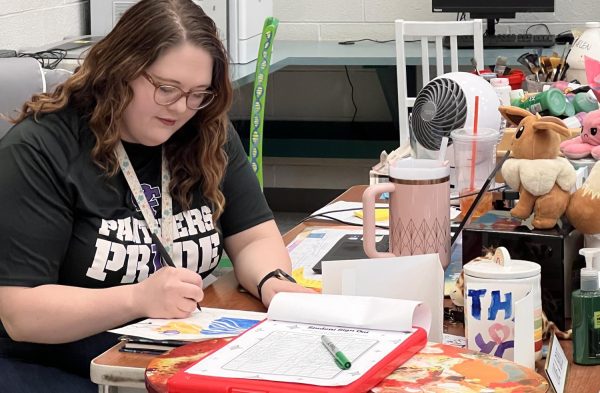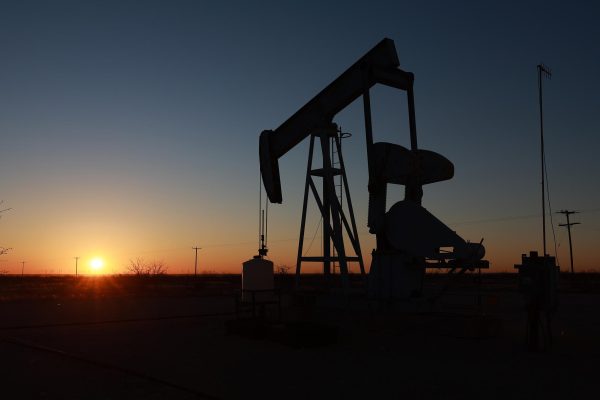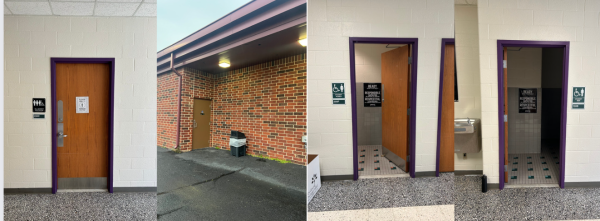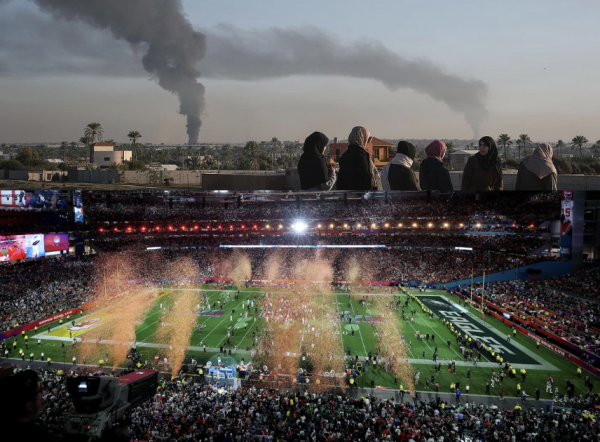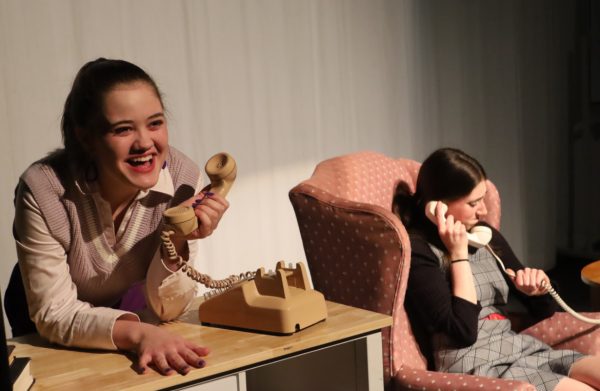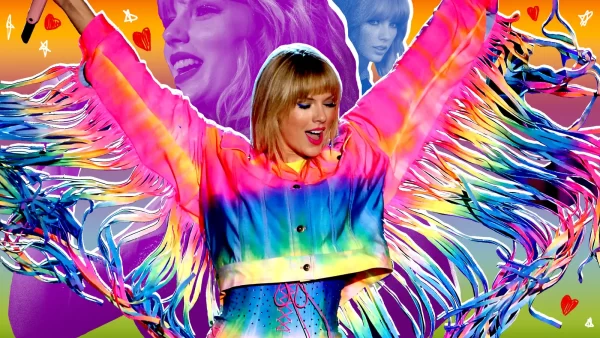Another Page in the History Books: The Black Lives Matter Demonstrations That Changed 2020, Again.
The death of George Floyd at the hands of a police officer was the spark that ignited racially-charged protests all over the country — during a global pandemic.
The video that sparked the largest movement in U.S history, with anywhere from 15 million to 26 million people out protesting over a span of a few weeks, was shared all over social media on May 25, 2020 [New York Times]. It showed a clear, but graphic view of 46-year-old George Floyd being held down by a white Minneapolis police officer, identified as Derek Chauvin. The video focuses on Floyd as he pleads for his life, crying out “Please, please, I cannot breathe”, until he becomes unresponsive after 9 minutes of Chauvin’s knee against his throat [Aljazeera].
Public response was immediate, with hundreds in the streets of Minneapolis protesting the day after the murder occurred. The protests spread to other cities like Los Angeles, Memphis, and Louisville in the coming days [Aljazeera], peaking with half a million people across 550 cities in the US on June 6 [New York Times].
According to the New York Times, half of those surveyed in a Civis Analytics poll were first time protesters, who felt the need to join largely because of watching either the video of Floyd’s murder or of other police brutality instances, which made them be more supportive of the overall Black Lives Matter movement. “There are hundreds of deaths that aren’t caught on video, but I think the gruesomeness and obvious hatred of the video woke people up,” said Sarina LeCroy, a protestor from Maryland.
The Black Lives Matter movement was established in 2013 [New York Times], but what made these protests so widespread and large was “the perfect storm..” of factors, according to activist Frank Leon Roberts [BBC]. One was the presence of activists taking to social media to announce upcoming protests or give advice on how to safely protest [New York Times], which can be connected to the amount of first time protesters, most of whom are young people who frequent sites like Twitter and Instagram.
Another, which can be considered both a significant obstacle and contributing factor, was the pandemic. COVID-19 raised concerns about health and safety precautions, but also meant that because people were home in isolation and without jobs, they had the time to get out on the streets. Not only that, but the mindset that the pandemic brought about meant people are “asking themselves what parts of normal are no longer acceptable,” said Roberts [BBC]. The use of tear gas and other projectiles by the police force and National Guard, meaning people are potentially taking their masks off and touching their faces, and the fact that large crowds are gathering created a potential hotbed for COVID, and consequences “…Could be…devastating,” said former US health secretary Kathleen Sebelius.
However, studies and surveys from Northeastern, Northwestern, Harvard, and Rutgers universities found that “There is a clear and significant negative correlation between the percentage of a state’s population who reported protesting and the subsequent increase in cases of COVID-19”, with Northeastern professor David Lazer adding that demonstrations “were very unlikely to be” a major factor in surges of cases during June and July [News @ Northeastern].
George Floyd wasn’t the only reason people were protesting; among the 1,000 unarmed people who died as a result of police violence between 2013 and 2019, a third of them were black [Mapping Police Violence]. Among them include Breonna Taylor, the 26-year-old health worker who was shot eight times on Mar 13, 2020 in her home in Kentucky [Aljazeera], and Ahmaud Arbery, 25, shot to death while out jogging in Georgia on Feb 23, 2020 while unarmed because residents thought him to be a burglary suspect [BBC]. Their names are chanted in protests, and according to the BBC, Floyd was “the last straw for many communities”.
Media coverage of protests often focus on the looting and riots, but most riots start and stay peaceful. 5,000 National Guard personnel across 15 states equipped with “rubber bullets, tear gas, and pepper spray… can exacerbate an already-tense situation,” said dean of social sciences at UCLA Darnell Hunt [BBC].
Places that do get looted are big businesses that can afford a few locations being vandalized. “The reality is we don’t want anyone hurt. But we also have to realize that as a political and media strategy, for better or worse, rioting is often a way for activists to ensure that cameras stay on the issue,” said Roberts [BBC].
As of June 4, Derek Chauvin, the officer who pressed his knee in Floyd’s neck, was charged with second-degree murder and the other three officers involved were charged with aiding in the act [CNN]. Large-scale changes have occurred as a result of the protests as well, with New York lawmakers repealing an act that would kept police disciplinary records secret, and Mississippi lawmakers voting to retire their state flag, which displayed a Confederate battle symbol. In Minneapolis, however, the City Council decided to dismantle its police department [New York Times]. This aligns with the phrase “defund the police”, which gained traction during the protests and is being used as part of the solution to ending police brutality.
Although traditionally radical in its idea, what the phrase is implying is funding that is allocated to the police department can be moved to other government agencies like social services that could be better trained to handle non-violent situations that are most often dealt with by police who aren’t trained to handle them.
Most are not advocating for the abolishment of the police force, and those who are are not against the idea of completely doing away with law enforcement all together [Brookings]. “It’s about reinvesting those dollars into black communities, communities that have been deeply divested from,” said co-founder of the Black Lives Matter movement Patrisse Cullor [CNN].
What’s certain is that the US is at a tipping point for significant social and political changes, and the ramifications are set to be far-reaching, especially considering 2020 is an election year [New York Times]. “History changes when you have an unexpected convergence of forces,” said Roberts [BBC]


